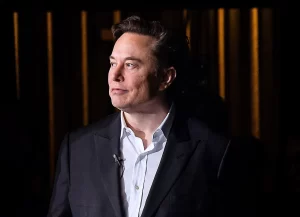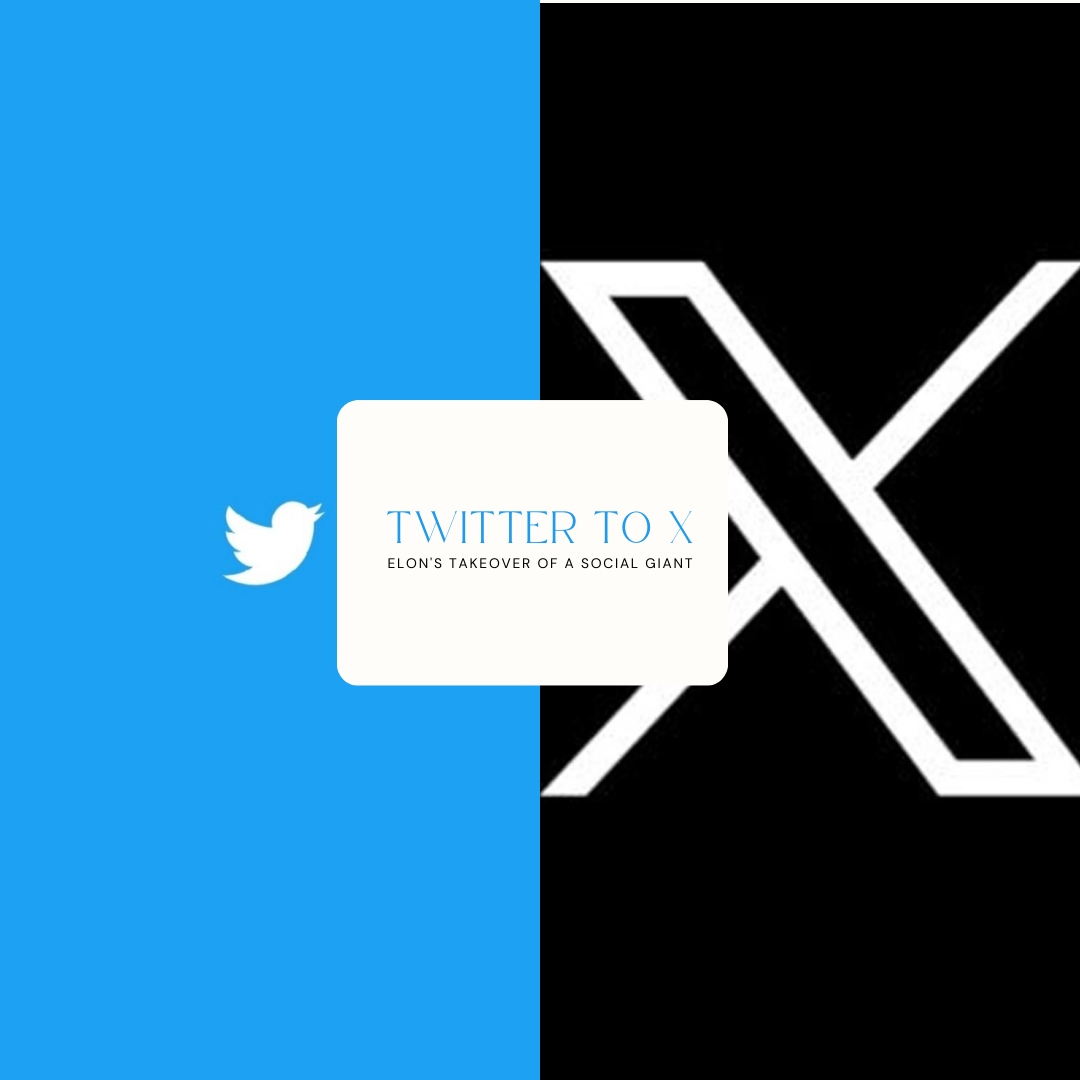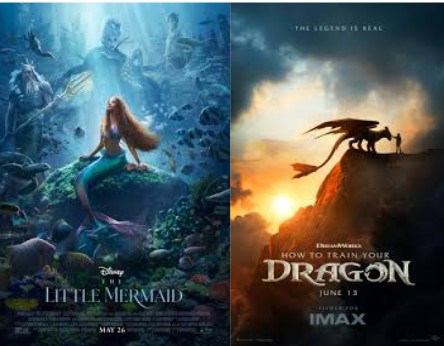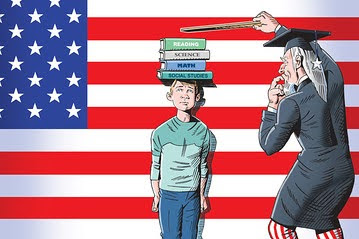Overview
On Oct. 27 of last year, Elon Musk officially acquired the rights and ownership to Twitter, Inc. for $44 billion. Since the acquisition, Musk has announced and implemented numerous changes to the platform, most of which have changed the application’s landscape. Modern Twitter now offers subscription-based verification instead of the standard place popularity-based system. Additionally, there have been numerous changes to the platform’s back-end, such as limiting the number of DMs a user can send in a day, limiting the number of tweets a user can view daily, revising the app’s search infrastructure, and several other changes today. The most recent revisions to the platform affect its public image, as Musk effectively rebranded Twitter to X on July 24, 2023.
Timeline

Following Musk’s acquisition of Twitter, top executives were fired throughout the company, including but not limited to the company’s CEO, chief financial officer, and chief legal officer. The executive layoffs would act as a precursor event, as the following on Nov. 4, Musk would go on to terminate the employment of 7,500 workers within Twitter. With most of the previous staff and executives gone, Musk would say he would handle all content moderation on the platform until another team of capable individuals was appointed. Shortly after the abrupt change in personnel, the boundaries of Twitter’s new content guidelines would be tested in subsequent days, with many notable figures and new accounts pushing the boundaries with controversial and offensive content.
To make matters worse, on Nov. 9, Twitter’s subscription service Twitter Blue was launched, in which, for the low price of $8, any Twitter account could be verified on the platform once it was subscribed. In the subsequent days, many accounts impersonating political figures, brands, and companies appeared on the app, creating confusion and chaos on the platform. Musk reacted quickly to the imposter situation, adding verification for more giant corporations and businesses and banning accounts impersonating others unless marked as parody. However, Musk’s enforcement was sometimes rather loose, and numerous accounts would slip through the newly set guidelines. Alternatively, there were issues with verification tags concerning news media, as Musk labeled notable sources with a “Government Funded Media” tag. In response, several media corporations began pulling away from the platform. In combination with the impersonation, Twitter started losing value rapidly, dropping from $44 billion (paid by Musk) to a little over $14.1 billion. The loss in value can be attributed to numerous brands pulling out and away from the platform under Musk’s new management.
Despite brands leaving the platform, Musk remained adamant in his goal of monetizing the platform. In addition to paid verification for personal accounts and businesses, Musk also locked Twitter’s API (Application Interface) behind a paywall, which scales depending on the size of the corporation attempting to gain access, the cheapest of which is $100. Musk has also locked off TweetDeck to Blue subscribers, along with a highly requested editing feature and priority in comments. Under Musk, Twitter’s platform shifted from a free community space to a more business-oriented content factory. Yes, users can still use the app nearly the same as before, though the user experience can feel abrupt, forced, and stagnant due to the priority set by Twitter Blue (and subsequent rate and DM limits, which would follow in months to come). Essentially, the “best” Twitter experience would come with a Blue subscription.
Ultimately, Musk’s reign as CEO of Twitter was relatively short, as he would later step down following a Twitter poll asking users if they’d like to see him maintain the position. Unsurprisingly, 57.5% of Twitter users voted for Musk’s resignation, terms he agreed to in December 2022; however, he could not fulfill until hiring a new replacement in the summer of 2023. Musk holds the self-appointed roles of executive chairman and chief technology officer, which grants Musk total oversight over Twitter’s technical features. Linda Yaccarino will replace Musk as CEO on June 5, 2023.
X Rebrand

The most recent of Musk’s changes to the platform comes with the rebranding of the app from the famous Twitter bird to a minimalistic X. However, the shift was in the works long before the new branding took effect in July. Musk disintegrated the Twitter name as early as April of this year when he filed for the company’s name to be officially registered as X Corp. (which it successfully transitioned to within the same month). The rebrand to X is the first alteration among many that Musk plans to make, as X is to be the “everything app,” according to Musk himself. While his descriptions have been vague in nature for the time being, it appears that the future of X holds great promise for the company’s future. However, in the present day, many are opposed to the (not so) sudden change to the X branding. The day the change was announced, X erupted into a riot, with many users expressing dissatisfaction.
Some students also echo those opinions, orbiting the consensus that the X rebrand is pointless at first glance. Michael McClellan (12) comments on Elon’s management of the platform since taking ownership:
“Dumb. I understand what he wanted to do: to have looser regulations on a platform. However, he doesn’t understand why such regulations existed on a platform. Such as adding a subscription service to a platform and limiting the number of tweets you can view a day doesn’t make sense to me.”
McClellan does believe that Musk is within full authority to make such decisions and see them play out, as he did spend $44 Billion to acquire the company in the first place.
Yellow Goodloe (12) also reiterates such ideals, saying, “I think the point of an app is for it to work, and I don’t think it works right now. I remember there was a four-month period in which stuff was just chaos.” The chaos referencing the period in which users would test how far their freedom of speech could carry (using slurs, targeted speech, and hate speech), along with the more recent rate and direct message limits, still plague the app (in less apparent fashion) currently.
Mark Anastoff (12) believes that Musk is “mostly in it for the money over anything.” This statement reflects Musk’s changes to the platform, which allows users to actively invest in X to receive perks through its subscription service. Additionally, the potential for X’s profitability in the future greatly depends on how Musk converts the platform into the “everything app.”
With 2023 winding down with the start of September, only time will tell what Musk has in store for his latest ‘child,’ X. As it currently stands, the app is still one of the most popular worldwide, despite the many changes Musk has made thus far. With the promise of expansion into becoming a commerce platform on top of a social media platform, it is safe to say that Musk hopes to develop X into one of the world’s most notable apps of the future.





